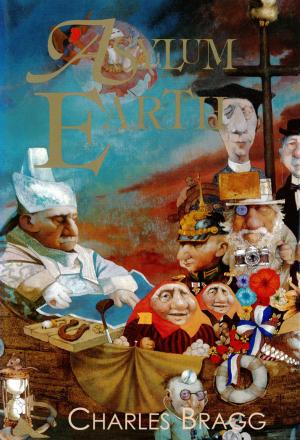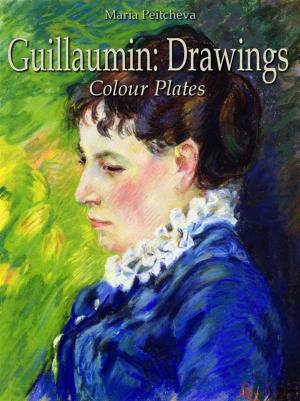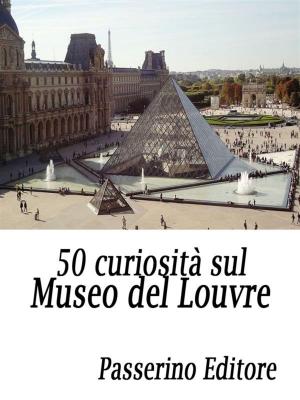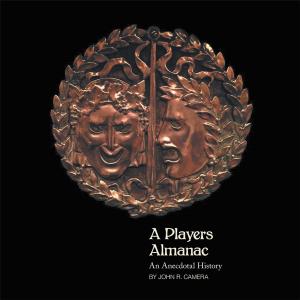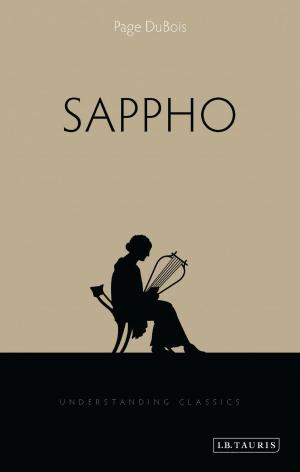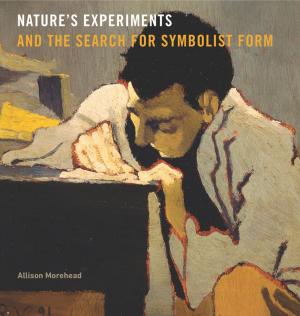Illumination and its Development in the Present Day (Illustrations)
Nonfiction, Home & Garden, Crafts & Hobbies, Art Technique, Art & Architecture, General Art| Author: | Sidney Farnsworth | ISBN: | 1230000344074 |
| Publisher: | GEORGE H. DORAN COMPANY | Publication: | April 7, 2015 |
| Imprint: | Language: | English |
| Author: | Sidney Farnsworth |
| ISBN: | 1230000344074 |
| Publisher: | GEORGE H. DORAN COMPANY |
| Publication: | April 7, 2015 |
| Imprint: | |
| Language: | English |
Example in this ebook
“In all great arts, as in trees, it is the height that charms us; we care nothing for the roots or trunks; yet they could not exist without the aid of these.” This quotation from Cicero may as well be applied to the art of illumination as to anything else. The fact, however, that the tree cannot exist without the aid of the trunk and roots, shows how important these are; and no one who intends giving serious attention to the tree in its entirety can afford to neglect these.
It is only through careful study of the art of illumination that it is possible to understand fully the construction that enters into the growth of this art. When some knowledge has been gained of the manner in which this work has been done in the past, through practical experience, it is then that a real appreciation is felt for the choice work of the mediæval period.
“Perfect illumination,” says Ruskin, in one of his Lectures on Art, “is only writing made lovely;... But to make writing itself beautiful—to make the sweep of the pen lovely—is the true art of illumination.” Certainly it is only when the student is able to produce writing that is attractive in itself, that it is permissible to add decoration to it. The decoration should be the natural outgrowth from the writing.
A page of well-formed lettering makes good pattern, and is not merely pattern, as it serves also the purpose for which it was intended, viz., to be read.
It is when he has gained the mastery of the pen, in making well-formed letters with good arrangement on the page, that the student may consider that he has well started on the road to the production of good illumination.
For the construction of well-finished lettering it is essential that a mastery of the tool and materials employed should be acquired. It is when the pen becomes almost a part of the writer, so that he is able to concentrate all his energy on the writing, giving scarcely any attention to the pen itself, that he may claim to be proficient in the use of the pen.
If there is one thing more than another that one feels when examining some of the best illuminated work of the past, it is that the writer was a master of the pen as a letter-making tool. He did his work well; his books were transcribed in a workmanlike manner, and the decoration which followed seems to come quite naturally from the writing itself.
It is for this reason that so much attention has been given to the use of the quill and reed pen in the formation of good writing.
Students are frequently at a disadvantage from inability to handle the pen properly. To help, in some measure, to remedy this, the student is shown how to make sharply-defined strokes before attempting to form letters. At the same time no particular manner of holding the pen has been insisted upon.
In the Introduction to his “Essay on the Sublime and Beautiful,” Burke says: “I am convinced that the method of teaching which approaches most nearly to the method of investigation is incomparably the best; since, not content with serving up a few barren and lifeless truths, it leads to the stock on which they grew; it tends to set the reader himself in the track of invention, and to direct him into those paths in which the author has made his own discoveries, if he should be so happy as to have made any that are valuable.”
This has been the ideal that the present writer has tried to keep ever before him in writing the instructions that are given in the succeeding pages. His aim has been to direct the student in the right way, and then to encourage him to study the subject for himself. Whether he has been successful in this endeavour must be left for the reader to judge.
To be continue in this ebook
Example in this ebook
“In all great arts, as in trees, it is the height that charms us; we care nothing for the roots or trunks; yet they could not exist without the aid of these.” This quotation from Cicero may as well be applied to the art of illumination as to anything else. The fact, however, that the tree cannot exist without the aid of the trunk and roots, shows how important these are; and no one who intends giving serious attention to the tree in its entirety can afford to neglect these.
It is only through careful study of the art of illumination that it is possible to understand fully the construction that enters into the growth of this art. When some knowledge has been gained of the manner in which this work has been done in the past, through practical experience, it is then that a real appreciation is felt for the choice work of the mediæval period.
“Perfect illumination,” says Ruskin, in one of his Lectures on Art, “is only writing made lovely;... But to make writing itself beautiful—to make the sweep of the pen lovely—is the true art of illumination.” Certainly it is only when the student is able to produce writing that is attractive in itself, that it is permissible to add decoration to it. The decoration should be the natural outgrowth from the writing.
A page of well-formed lettering makes good pattern, and is not merely pattern, as it serves also the purpose for which it was intended, viz., to be read.
It is when he has gained the mastery of the pen, in making well-formed letters with good arrangement on the page, that the student may consider that he has well started on the road to the production of good illumination.
For the construction of well-finished lettering it is essential that a mastery of the tool and materials employed should be acquired. It is when the pen becomes almost a part of the writer, so that he is able to concentrate all his energy on the writing, giving scarcely any attention to the pen itself, that he may claim to be proficient in the use of the pen.
If there is one thing more than another that one feels when examining some of the best illuminated work of the past, it is that the writer was a master of the pen as a letter-making tool. He did his work well; his books were transcribed in a workmanlike manner, and the decoration which followed seems to come quite naturally from the writing itself.
It is for this reason that so much attention has been given to the use of the quill and reed pen in the formation of good writing.
Students are frequently at a disadvantage from inability to handle the pen properly. To help, in some measure, to remedy this, the student is shown how to make sharply-defined strokes before attempting to form letters. At the same time no particular manner of holding the pen has been insisted upon.
In the Introduction to his “Essay on the Sublime and Beautiful,” Burke says: “I am convinced that the method of teaching which approaches most nearly to the method of investigation is incomparably the best; since, not content with serving up a few barren and lifeless truths, it leads to the stock on which they grew; it tends to set the reader himself in the track of invention, and to direct him into those paths in which the author has made his own discoveries, if he should be so happy as to have made any that are valuable.”
This has been the ideal that the present writer has tried to keep ever before him in writing the instructions that are given in the succeeding pages. His aim has been to direct the student in the right way, and then to encourage him to study the subject for himself. Whether he has been successful in this endeavour must be left for the reader to judge.
To be continue in this ebook

